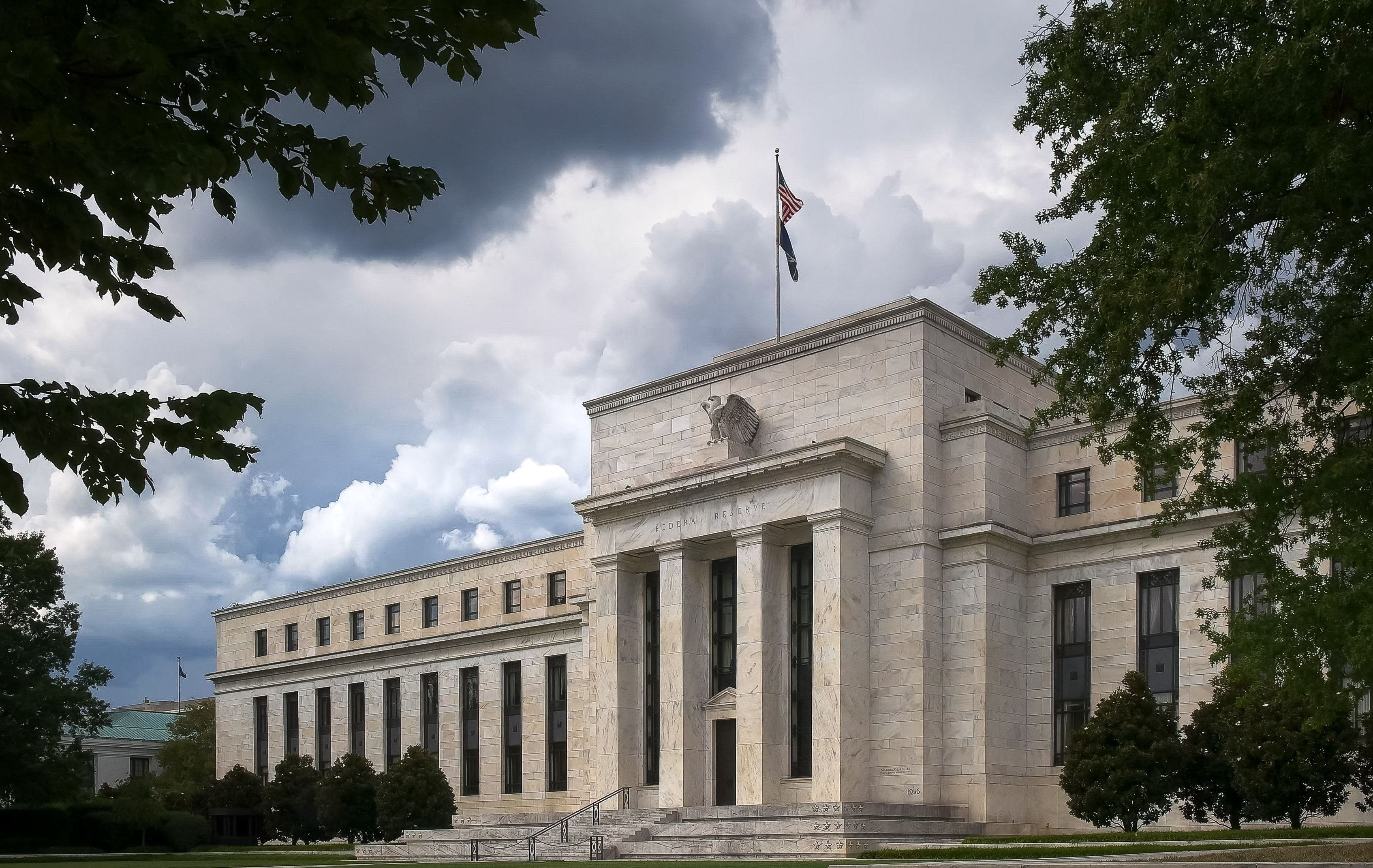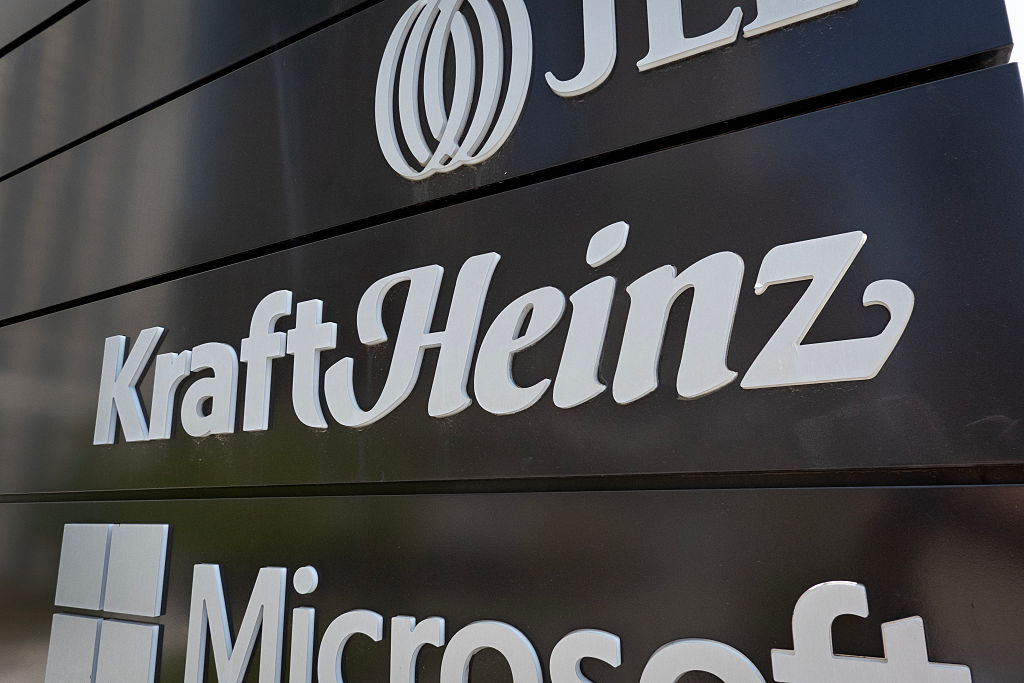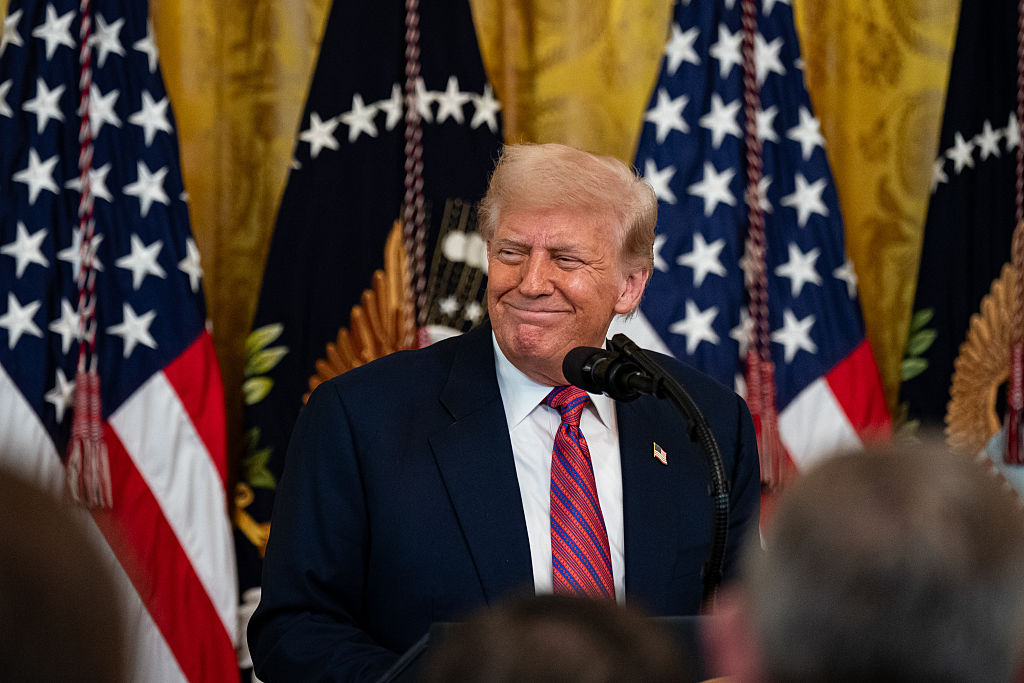It's the world's largest democracy, its technology sector is going gangbusters, and its stock market returned 34% annualized over the past five years. What could go wrong? As it turns out, plenty. So before you commit a nickel to investing in India, you'd best read In Spite of the Gods: The Strange Rise of Modern India (Doubleday, $26).
Smart investors know that stability, not profits, is the prerequisite for success in emerging markets. But you won't find a quick answer to the question of India's stability -- it's built neither on quicksand nor bedrock.
Unlike homogenous China, India is formidably complex -- an amalgam of Hindu, Muslim, Sikh and Christian populations layered in a fading caste system. Some 750 million of India's 1.1 billion people live in villages with inadequate health care and no schools, reports Edward Luce, the author and a Financial Times writer who spent five years in India.
From just $107.88 $24.99 for Kiplinger Personal Finance
Become a smarter, better informed investor. Subscribe from just $107.88 $24.99, plus get up to 4 Special Issues

Sign up for Kiplinger’s Free Newsletters
Profit and prosper with the best of expert advice on investing, taxes, retirement, personal finance and more - straight to your e-mail.
Profit and prosper with the best of expert advice - straight to your e-mail.
The country's economic upswing began in 1991, when it ended a stifling system of controls and permits, the so-called License Raj. Since then, technology businesses, in particular, have taken off, although they still employ only one million people. In fact, only 35 million people in India have formal income to pay taxes on.
India has both powerful advantages and big disadvantages, says Luce. On the positive side: diversity, democracy, a young and hungry workforce, and a free media and judiciary. On the negative end: poor infrastructure, pollution, a growing AIDS epidemic, heavy-handed government regulation and corruption.
So India is a shifting mosaic, and Luce won't hazard a guess as to how the pieces will fall into place. But investing in India is worth the risk, long term, despite the volatility. The book's key takeaway for investors: "India's growth potential is even more striking if you consider how much has been achieved with so little."
Profit and prosper with the best of Kiplinger's advice on investing, taxes, retirement, personal finance and much more. Delivered daily. Enter your email in the box and click Sign Me Up.

-
 Stocks Struggle for Gains to Start 2026: Stock Market Today
Stocks Struggle for Gains to Start 2026: Stock Market TodayIt's not quite the end of the world as we know it, but Warren Buffett is no longer the CEO of Berkshire Hathaway.
-
 Tip: Ways to Track Your Credit Card Rewards
Tip: Ways to Track Your Credit Card RewardsHere are the best strategies and apps to help you stay current with your credit card rewards.
-
 How New Investors Can Pick Their Perfect Portfolio, According to a Pro
How New Investors Can Pick Their Perfect Portfolio, According to a ProSee what Cullen Roche has to say about finding your perfect portfolio as a new investor and his two-word answer on where he thinks the stock market is headed in 2026.
-
 What the Rich Know About Investing That You Don't
What the Rich Know About Investing That You Don'tPeople like Warren Buffett become people like Warren Buffett by following basic rules and being disciplined. Here's how to accumulate real wealth.
-
 How to Invest for Rising Data Integrity Risk
How to Invest for Rising Data Integrity RiskAmid a broad assault on venerable institutions, President Trump has targeted agencies responsible for data critical to markets. How should investors respond?
-
 What Tariffs Mean for Your Sector Exposure
What Tariffs Mean for Your Sector ExposureNew, higher and changing tariffs will ripple through the economy and into share prices for many quarters to come.
-
 How to Invest for Fall Rate Cuts by the Fed
How to Invest for Fall Rate Cuts by the FedThe probability the Fed cuts interest rates by 25 basis points in October is now greater than 90%.
-
 Are Buffett and Berkshire About to Bail on Kraft Heinz Stock?
Are Buffett and Berkshire About to Bail on Kraft Heinz Stock?Warren Buffett and Berkshire Hathaway own a lot of Kraft Heinz stock, so what happens when they decide to sell KHC?
-
 How the Stock Market Performed in the First 6 Months of Trump's Second Term
How the Stock Market Performed in the First 6 Months of Trump's Second TermSix months after President Donald Trump's inauguration, take a look at how the stock market has performed.
-
 Fed Leaves Rates Unchanged: What the Experts Are Saying
Fed Leaves Rates Unchanged: What the Experts Are SayingFederal Reserve As widely expected, the Federal Open Market Committee took a 'wait-and-see' approach toward borrowing costs.
-
 Fed Sees Fewer Rate Cuts in 2025: What the Experts Are Saying
Fed Sees Fewer Rate Cuts in 2025: What the Experts Are SayingFederal Reserve The Federal Reserve cut interest rates as expected, but the future path of borrowing costs became more opaque.
